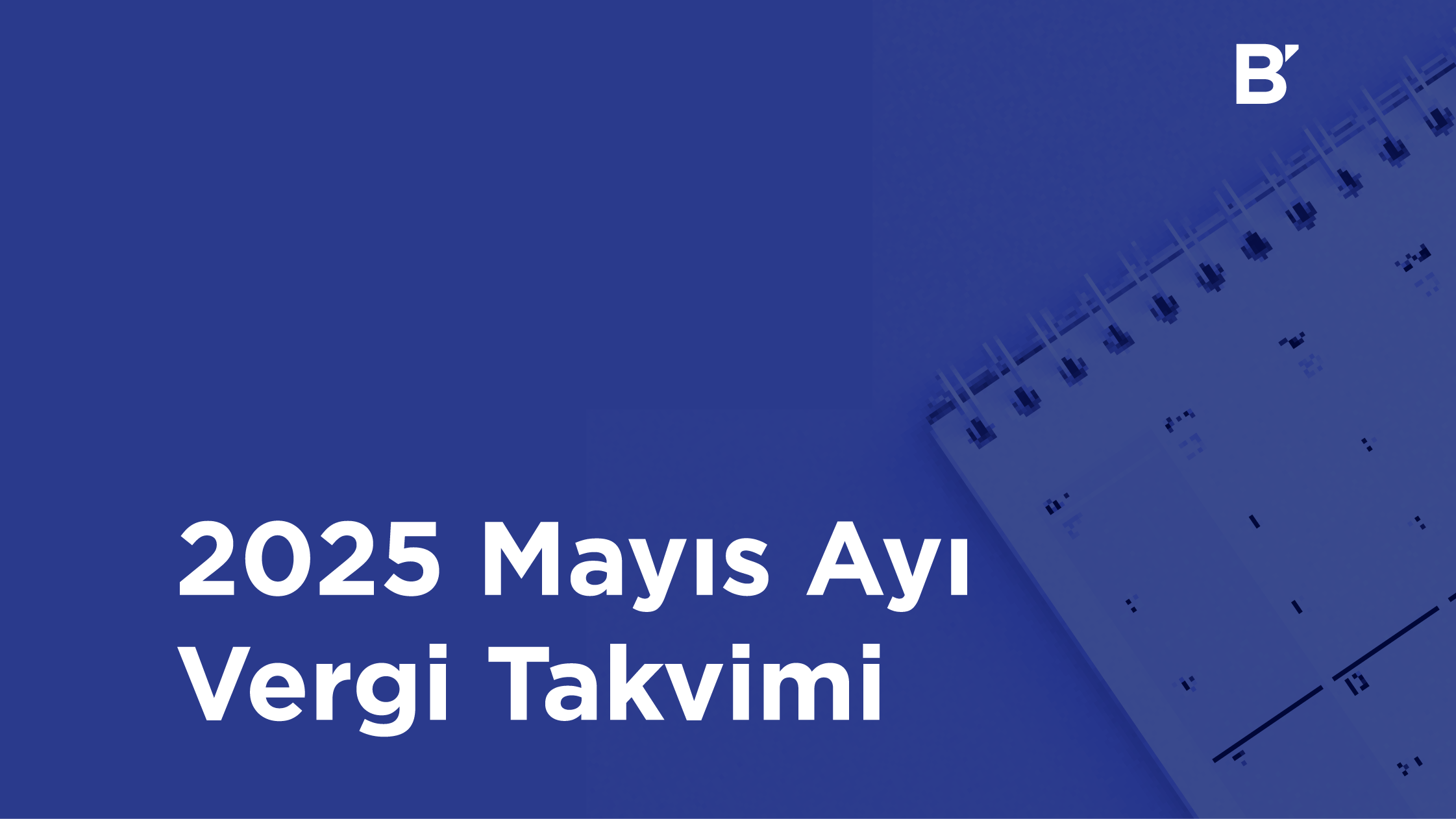07.03.2023/38
Sermaye Azaltımında Vergilemeye İlişkin Kurumlar Vergisi Tebliği Yayımlandı
Özet: Kurumların öz sermaye kalemleri içerisinde yer alan; yeniden değerleme fonları, sermaye düzeltmesi olumlu farkları gibi bazı hesap kalemleri işletmeden çekildiğinde kurumlar vergisine ve kar payı dağıtımına bağlı vergi kesintisine; geçmiş yıl karları gibi bazı hesap kalemleri ise işletmeden çekildiğinde kar payı dağıtımına bağlı vergi kesintisine tabi tutulmaktadır. İşletmeye konulan ayni ve nakdi sermaye ise başka bir hesaba nakledilmesi veya işletmeden çekilmesi halinde vergilendirilmemektedir.
Mükellefler tarafından, öz sermaye kalemleri içerisinde söz konusu hesaplarda yer alan tutarlar sermayeye ilave edilebilmektedir. Bu bağlamda, sermaye azaltımı yapılması durumunda, sermaye azaltımının sermayeye ilave edilen hangi kalemlerden yapıldığı vergilendirme açısından önem arz etmektedir.
Bu sebeple 7420 sayılı Kanunla Kurumlar Vergisi Kanununa, sermaye azaltımında vergilemeyi düzenleyen 32/B maddesi eklenmişti. Maddeye ilişkin açıklamaları 21 Seri No.lu Kurumlar Vergisi Genel Tebliği ise 01.03.2023 tarihinde Resmi Gazete’de yayımlanmıştır.
Söz konusu Kanun düzenlemesi ve Tebliğde yer alan açıklamalar özet olarak aşağıda yer almaktadır:
Azaltıma konu edilebilecek sermaye unsurları esas itibarıyla
I. Sermayeye ilave dışında başka bir hesaba nakledilmesi, işletmeden çekilmesi veya sermaye hesabından başka hesaplara aktarımı kurumlar vergisine ve kar dağıtımına/ana merkeze aktarılan tutara bağlı vergi kesintisine tabi tutulacak öz sermaye kalemleri,
II. Sadece kar dağıtımına/ana merkeze aktarılan tutara bağlı vergi kesintisine tabi tutulacak öz sermaye kalemleri,
III. Başka bir hesaba nakledilmesi veya işletmeden çekilmesi halinde vergilendirilmeyecek olan ayni ve nakdi sermaye
şeklinde üç sınıfta gruplandırılabilecektir.
Sermaye azaltılması durumunda azaltımın hangi unsurdan yapılacak olduğu öz sermaye kalemlerinin sermayeye ilavesinin üzerinden beş yıl geçip geçmediği dikkate alınarak belirlenecektir.
1. Öz Sermaye Kalemlerinin Sermayeye Eklendiği Tarihten İtibaren Beş Tam Yıl Geçtikten Sonra Kurumlar Tarafından Sermaye Azaltılması
Sermayeye ilave olunan öz sermaye kalemlerinin sermayenin bir unsuru olduğu tarihten itibaren beş tam yıl geçtikten sonra, kurumlar tarafından sermaye azaltılması halinde; işletmeye konulan nakdi veya ayni sermaye ile sermayeye eklenen diğer unsurların toplam sermayeye oranlanması suretiyle azaltıma konu edilen tutar içerisindeki sermaye unsurları tespit edilecektir.
Söz konusu hesaplamada, yukarıda yer alan ve üç sınıfta gruplandırılan sermaye unsurlarının toplam sermayeye oranları dikkate alınacak olup, bu sınıfların dışında başka bir gruplandırma yapılmayacaktır.
2. Öz Sermaye Kalemlerinin Sermayeye Eklendiği Tarihten İtibaren Beş Tam Yıl Geçmeden Kurumlar Tarafından Sermaye Azaltılması
Sermayeye ilave olunan öz sermaye kalemlerinin sermayenin bir unsuru olduğu tarihten itibaren beş tam yıl geçmeden, kurumların sermayelerini azaltmaları durumunda yukarıda yer alan ve üç sınıfta gruplandırılan sermaye unsurlarının sırasıyla azaltıma konu edildiği kabul edilecektir.
Buna göre öncelik vergilemenin en çok yapılacağı unsurdan başlanılacaktır.
3. Öz Sermaye Unsurlarının Sermayeye İlave Edilme Tarihine Göre Sermaye Azaltımındaki Öncelik Durumu
Kurumlar tarafından yapılacak sermaye azaltımında, daha önce sermayeye eklenen öz sermaye unsurlarının sermayeye eklenme tarihi itibarıyla bazılarının beş tam yıllık süreyi aşması bazılarının ise bu süreyi aşmaması söz konusu olabilmektedir. Bu durumda, sermayeye ilave edilen öz sermaye unsurlarından öncelikle sermayeye eklenme tarihi beş tam yılı geçmemiş olan unsurların sermayeden azaltıldığı kabul edilecektir.
4. Geçmiş Yıl Zararlarının Mahsubu Suretiyle Sermaye Azaltımı
Geçmiş yıl zararlarının mahsubu suretiyle sermaye azaltılması durumunda, bu şekilde azaltıma konu edilen sermaye unsurları, yukarıda yer alan açıklamalara göre tespit edilecektir. Ancak, geçmiş yıl zararlarının sermayeye mahsup edilmesi işleminde Kanunun 32/B maddesi hükmüne göre ortaklara nakden veya hesaben yapılmış bir ödeme söz konusu olmadığından, bu mahsup işlemi kar payı dağıtımı/ana merkeze aktarılan tutar olarak değerlendirilmeyecek ve azaltıma konu edilen sermaye unsurları üzerinden vergi kesintisi yapılmayacaktır.
5. Devir İşlemleri Sonrasında Yapılan Sermaye Azaltımı
Devir işleminde sermaye unsurlarını devralan şirkette sermaye azaltımına gidilmesi halinde, azaltılan sermaye unsurlarının niteliğine göre önceki bölümlerdeki açıklamalar çerçevesinde vergileme yapılması gerekmektedir.
Bu durumda, Kanunun 32/B maddesinde hüküm altına alınan beş tam yıllık sürenin tespitinde, sermaye unsurlarının devreden şirketin sermayesinde kaldığı süreler de devralan şirketler tarafından dikkate alınacaktır.
6. Tam Bölünme İşlemleri Sonrasında Yapılan Sermaye Azaltımı
Tam bölünme işleminde sermaye unsurlarını devralan şirkette sermaye azaltımına gidilmesi halinde, azaltılan sermaye unsurlarının niteliğine göre önceki bölümlerdeki açıklamalar çerçevesinde vergileme yapılması gerekmektedir.
Bu durumda, Kanunun 32/B maddesinde hüküm altına alınan beş tam yıllık sürenin tespitinde, sermaye unsurlarının devreden şirketin sermayesinde kaldığı süreler de devralan şirketler tarafından dikkate alınacaktır.
7. Kısmi Bölünme İşlemleri Nedeniyle Yapılan Sermaye Azaltımı
Kısmi bölünme işleminde sermaye unsurlarını devralan şirkette sermaye azaltımına gidilmesi halinde, azaltılan sermaye unsurlarının niteliğine göre önceki bölümlerdeki açıklamalar çerçevesinde vergileme yapılması gerekmektedir.
Bu durumda, Kanunun 32/B maddesinde hüküm altına alınan beş tam yıllık sürenin tespitinde, sermaye unsurlarının devreden şirketin sermayesinde kaldığı süreler de devralan şirketler tarafından dikkate alınacaktır.
İlgili Tebliğe buradan ulaşabilirsiniz.
Saygılarımızla,
BİLGENER
























